Breakout board for NJR's NJU72501 piezo sounder driver with Murata's smallest piezo sounder
Designed by Pesky Products in United States of America
This product is no longer available for sale.
The seller may be offering an improved version or it may be hanging out on the beach, enjoying the retired life.
What is it? This is a small (0.7 " x 0.4 ") breakout board for New Japan Radio's NJU72501 piezo sounder driver. The board exposes all of the pins of the driver including VIN and GND for power, VOUT f…
Read More…This is a small (0.7 " x 0.4 ") breakout board for New Japan Radio's NJU72501 piezo sounder driver. The board exposes all of the pins of the driver including VIN and GND for power, VOUT for the output of the boost converter, EN1 and EN2 to choose 0X, 1X, 2X, or 3X the input voltage (2.3 to 5.0V(1x/ 2x Mode), 2.3 to 3.4V(3x Mode)), and VO1 and VO2 to drive the piezo sounder either in single-ended mode (with VO1 connected to one piezo input and the other grounded) or differential mode (with both VO1 and VO2 connected to either input of the sounder). I have included Murata's smallest (9 mm x 9 mm) PKMCS0909E4000 piezo sounder, but this can be left off the board if you want to use another piezo sounder. Just ask. The sounder operates between 0 and 10 kHz (midrange is 4 kHz) and at a maximum peak-to-peak voltage of +/- 12.5 V. Thus the sounder driver (maximum peak-to-peak drive +/-10 V in differential mode) and the sounder are well matched.
Adding sound to a project is as easy as hooking up an 8-Ohm speaker to a PWM-capable GPIO pin (maybe with a current-limiting resistor!). When the project is small, as in wearable/portable, there are not a lot of good options that don't dominate the project size. Piezo sounders offer surprisingly high-quality sound in a small package, but require higher voltages than are typically available on 3V3 development boards to sound loud enough to hear well. This NJU72501 sounder driver is a small solution to the problem of using piezo sounders well. It has provision for driving the piezo at 1x, 2x, and 3x the input voltage (up to 3V3, a common MCU voltage) with simple TTL input from two GPIOs of the MCU. The sound frequency drive is supplied to DIN by a GPIO pin from the MCU via PWM (tone).
The proper sound level for your application (which depends on the location within the design case, the case materials, place on the body or proximity to people, etc) can be determined with this breakout board and then hardwired into your custom design. Or simply use this breakout board as part of your application to provide sound indication for users. For many devices, users appreciate both visual feedback from led indicators, tactile feedback from switches and haptic motors, as well as aural feedback from something like this small piezo sounder.
This is a super-small breakout useful for evaluation of the settings of the sounder driver for particular packaging constraints as well as a source for sound indication that can be easily incorporated into many existing projects. There is a simple melody sketch I adapted from Sparkfun to test the piezo sound quality and loudness reposited here. It uses tone to play a variety of notes over a wide frequency range to test your sounder.
Order the pcb from OSH Park and assemble a few of your own, or buy the fully assembled and tested piezo sounder driver from me and see how easy it is to add sound indication to your project!
Danville, CA, United States of America
Ships from United States of America.
180 Reviews | 5,471 Orders
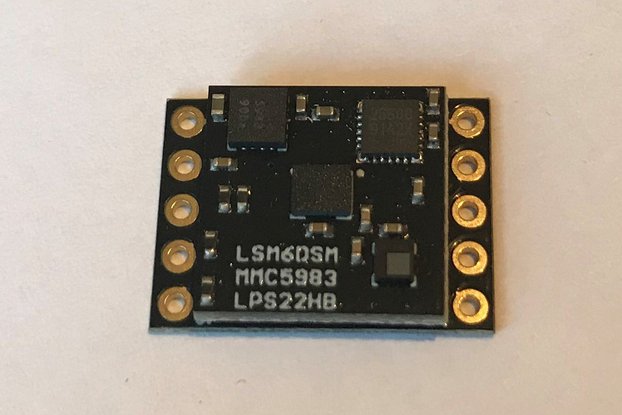
$49.95
Free Shipping!
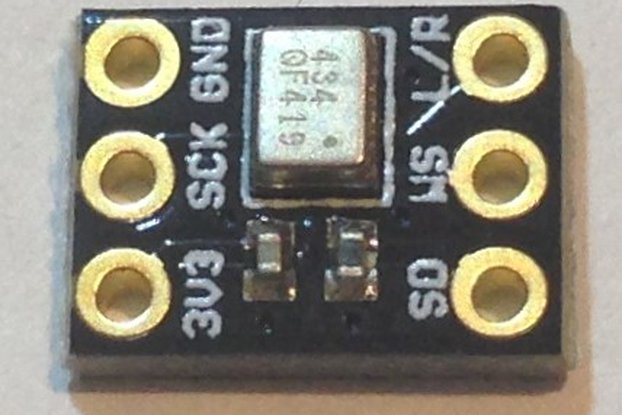
$5.95
Free Shipping!
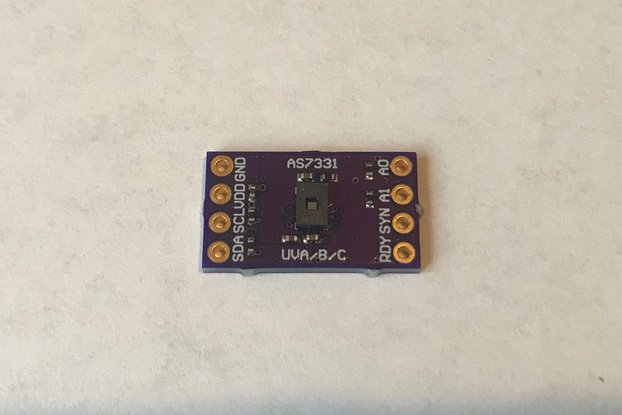
$35.95
Free Shipping!
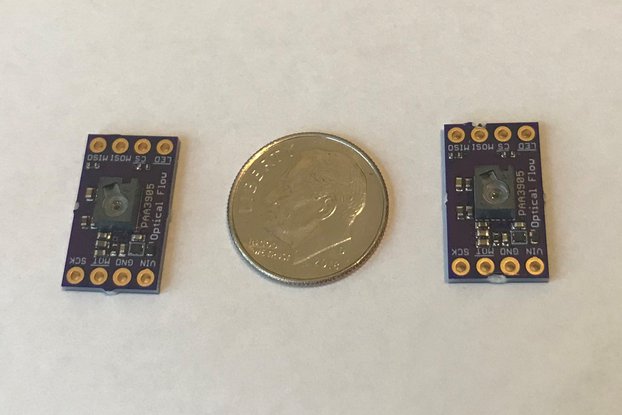
$35.95
Free Shipping!
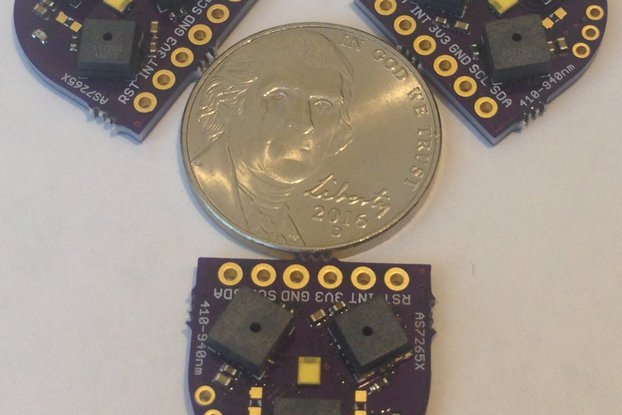
$49.95
Free Shipping!
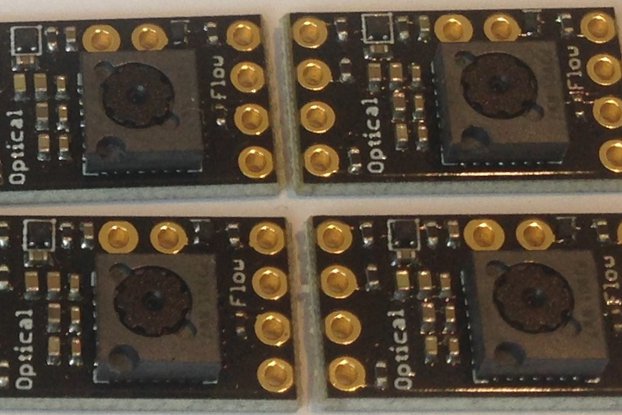
$29.95
Free Shipping!
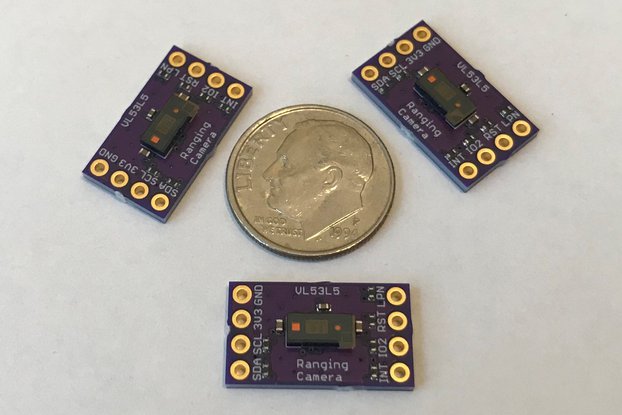
$19.95
Free Shipping!
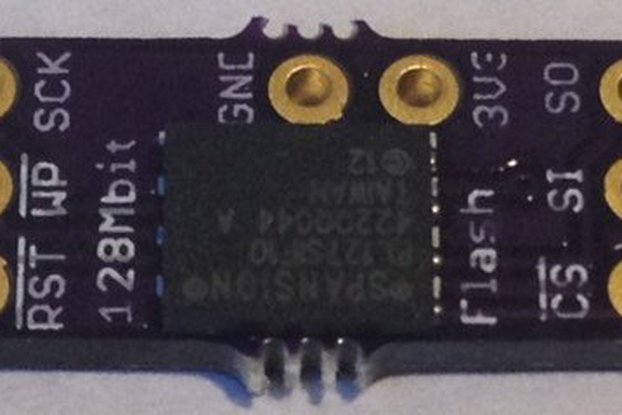
$12.95
Free Shipping!
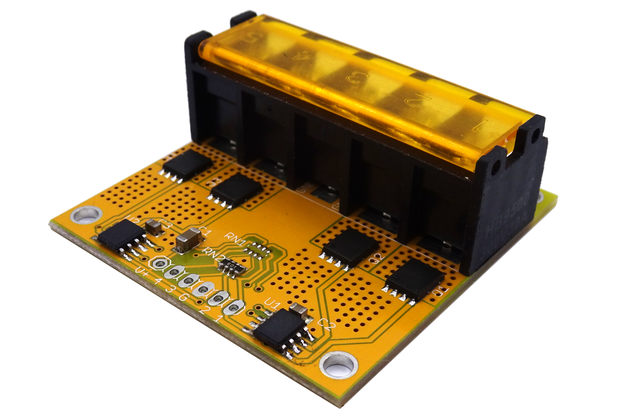
$16.00
Free Shipping!
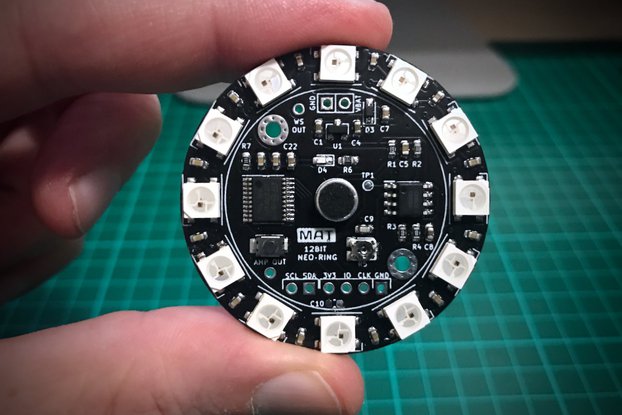
$15.00
Free Shipping!

$24.99
Free Shipping!
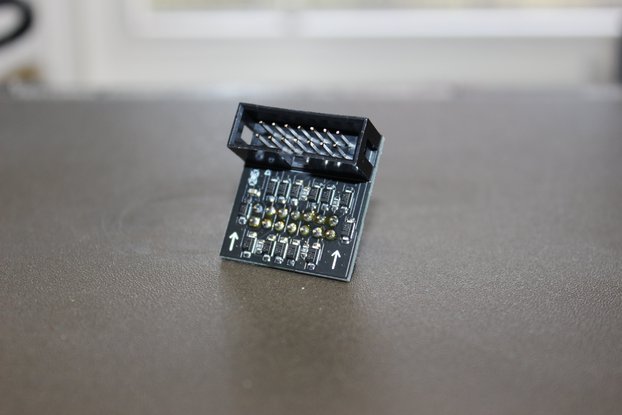
$5.00
Free Shipping!
By clicking Register, you confirm that you accept our Terms & Conditions
We recognize our top users by making them a Tindarian. Tindarians have access to secret & unreleased features.
We look for the most active & best members of the Tindie community, and invite them to join. There isn't a selection process or form to fill out. The only way to become a Tindarian is by being a nice & active member of the Tindie community!
